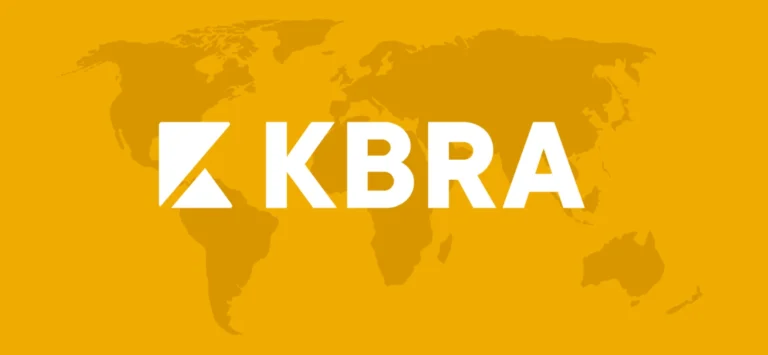
Financial advisors are managing a delicate balance between short-term economic risks and long-term demographic shifts as they strive to grow their assets and client base, according to the Natixis Investment Managers (IM) 2024 Survey of Financial Professionals.
“Our portfolio consulting practice consistently shows that moderate-risk model portfolios deliver better risk-adjusted returns with less volatility than the broad market, allowing advisors to focus more on long-term goals rather than short-term performance,” said Natixis.
The survey, which included 300 U.S. financial advisors as part of a global study of 2,700 financial professionals across 20 countries, revealed that U.S. advisors aim for an average 11% growth in assets under management (AUM) and the addition of 16 new clients annually over the next three years. These findings underscore the ability of advisors to recalibrate their strategies amid ongoing market volatility, inflation, and rising interest rates. However, they also face long-term pressures that require strategic adaptation.
Key Long-Term Challenges
- Generational Wealth Transfer: The impending “Great Wealth Transfer” will see $84 trillion passed between generations over the next 20 years. Forty-one percent of U.S. advisors see this as a potential existential threat to their businesses, with 30% concerned about retaining assets from clients’ spouses or heirs.
- Economic and Political Factors: While 88% of advisors hear client concerns about the impact of the U.S. election on investments, 85% believe economic fundamentals are more critical in the long run. Public debt ranks as the top economic risk, with 68% of advisors pointing to it as a long-term concern.
- Growing Demand for Financial Planning: Advisors spend 46% of their time with clients, helping them stay invested and avoid timing the market. As demand for financial planning grows, 62% of U.S. advisors believe this service will increasingly differentiate their practices.
“Advisors must now shift their strategies to appeal to the next generation of investors,” said David Goodsell, Executive Director of the Natixis Center for Investor Insight. “Deepening client relationships and expanding financial planning services will be key to long-term success.”
Retention vs. Prospecting: Preparing for the Great Wealth Transfer
As wealth passes between generations, retaining client relationships becomes critical. Advisors report a 78% success rate in retaining clients when a spouse inherits assets, but this drops to 58% when assets pass to children. Generational attrition has caused 22% of advisors to lose significant assets.
To counteract this, 92% of advisors emphasize relationship-building. Many are discussing family wealth planning with clients (85%) and extending these conversations to family members (87%). Advisors are also enhancing services such as trust management (55%) and personalized offerings like networking services (39%) to maintain client relationships.
On the prospecting side, U.S. advisors dedicate only 8% of their time to acquiring new clients. However, they are increasingly using client segmentation strategies to improve efficiency. The highest priority goes to pre-retirees (ages 50-60), followed by those entering retirement (60-65). Additionally, 46% are targeting older accumulators (35-50), who are in their peak earning years and need comprehensive financial services.
Despite these efforts, opportunities to reach the youngest and oldest potential clients are often missed. Only 14% of advisors prioritize prospecting for clients aged 18-35, while 56% focus on post-retirees, who need assistance with financial planning to protect and pass on their assets.
To improve their prospecting efforts, about half of advisors are adopting team-based approaches, with some dedicating a team member to prospecting. Others are leveraging social media (43%) or exploring AI-powered tools (21%) to find new clients.
Model Portfolios: A Path to Efficiency
As advisors seek to optimize their time for prospecting, many are turning to model portfolios to enhance efficiency. In the U.S., 94% of advisors use model portfolios, with 61% relying on models from their firm, 53% using third-party models, and 74% building their own.
The survey found that model portfolios offer several benefits:
- 71% say they simplify rebalancing and tactical shifts.
- 65% report increased consistency in investments.
- 62% say models free up time for financial planning and client services.
- 43% of advisors find that model portfolios make prospecting easier.
“Model portfolios are helping advisors drive efficiency and consistency, allowing them to focus on long-term demographic challenges,” said Marina Gross, Head of Natixis Investment Managers Solutions. “Our consulting practice shows that core moderate-risk model portfolios provide strong risk-adjusted returns, freeing advisors to concentrate on clients’ long-term goals.”
For more insights from Natixis Investment Managers’ 2024 Global Survey of Financial Professionals, visit https://www.im.natixis.com/en-us/insights/investor-sentiment/2024/financial-professionals-report.
Methodology
The global survey was conducted by CoreData Research between June and August 2024 and included responses from 2,700 financial professionals across 20 countries, including 300 in the U.S.




